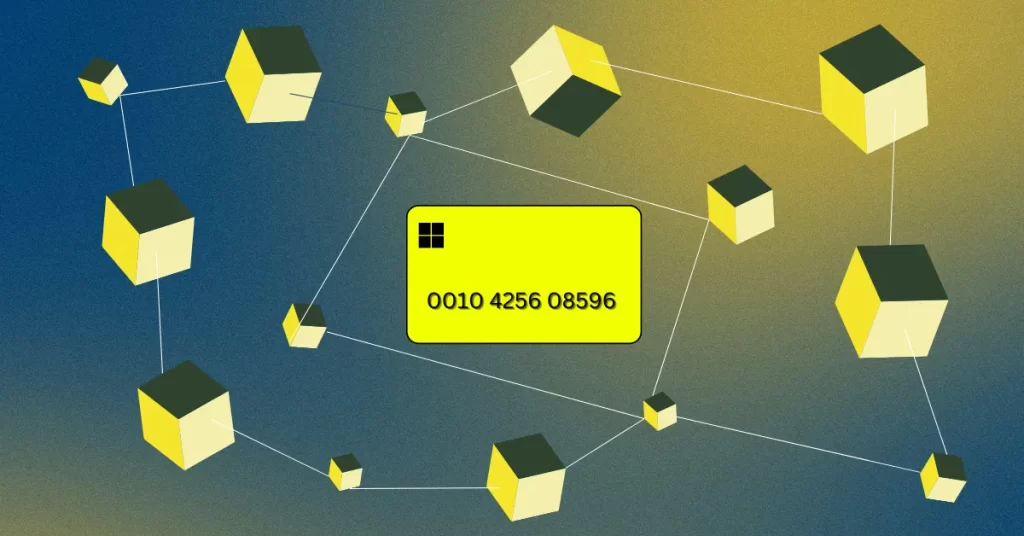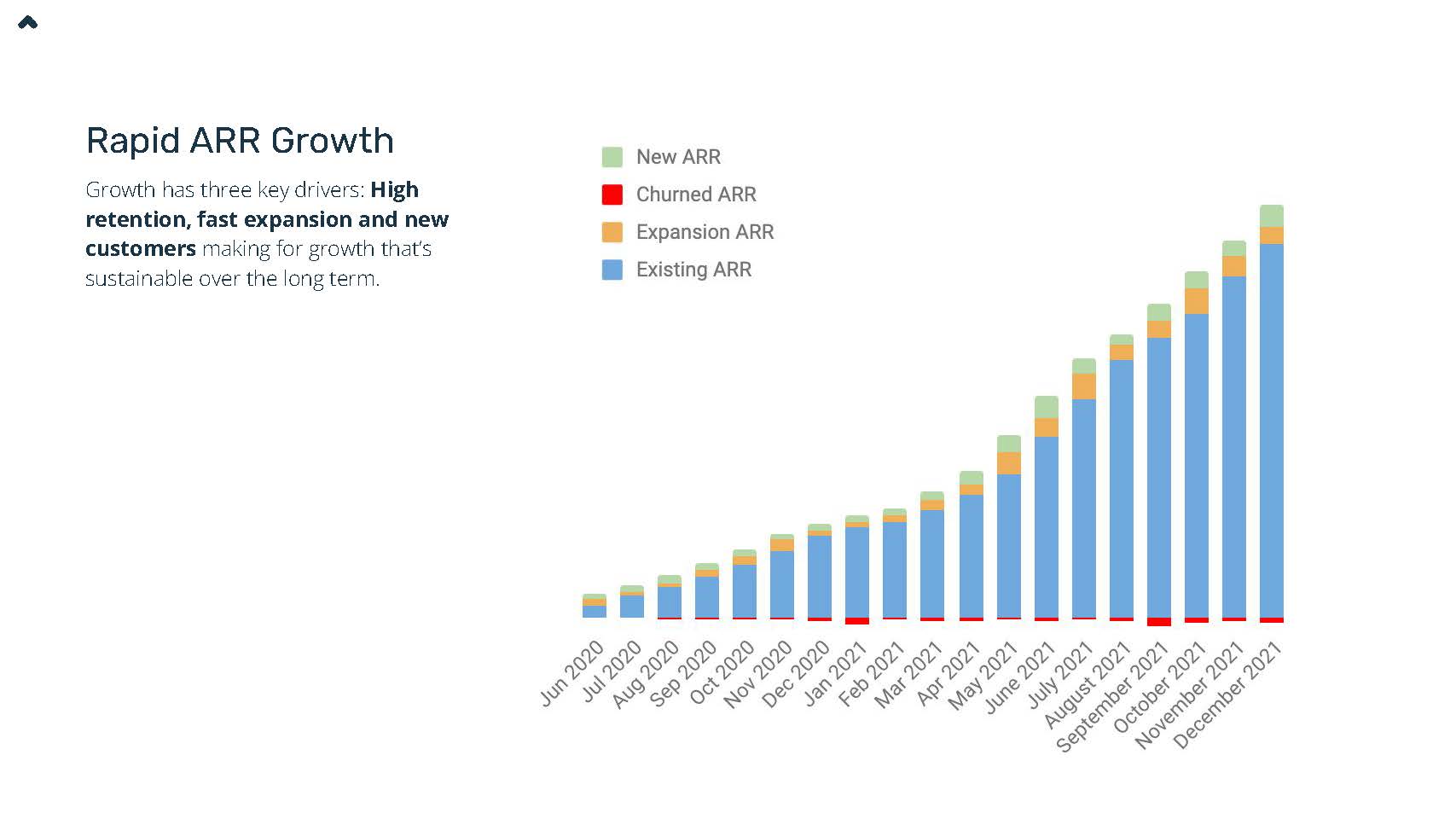
The post Blockchain Scaling Simplified: A Guide to Efficient Layer 1 and Layer 2 Solutions appeared first on Coinpedia Fintech News
Blockchain technology has done wonders in industries due to decentralization principles. However, there remains one persistent challenge—scalability. Blockchain is growing every day at the pace of fire, and so are the transactions. Hence, there is a dire need for efficient, high-throughput transaction processing. Without effective scaling solutions, networks like Bitcoin and Ethereum can experience slow transaction speeds and high fees, which hinder adoption and usability.
Ready to scale your blockchain projects?
- Layer 1 vs. Layer 2 scaling solutions
- State channels and sidechains
- Sharding
- Optimistic Rollups and zk-Rollups
Layer 1 vs. Layer 2 Solutions
Overview:
Layer 1 Scaling: Layer 1 solutions focus on improving the core blockchain protocol to handle more transactions. Layer 1 solutions change the base protocols to empower scalability. There are modifications in block sizes or new consensus mechanisms, and adopting scaling methodologies such as sharding to attain scalable solutions. Although Layer 1 solutions improve transactions they can be costly and difficult to implement.
- Example: Ethereum 2.0: Ethereum changed its consensus from Proof-of-Work to Proof-of-Stake, adopting Layer 1 scaling. By transitioning to PoS, Ethereum reduces its energy consumption by 99.95%, while also implementing sharding, significantly boosting transaction throughput.
Layer 2 Scaling: Layer 2 Scaling solutions focus on offloading transactions from the main block to external systems while maintaining security through Layer 1. These solutions do not change the underlying blockchain protocol but increase throughput and reduce latency. Layer 2 solutions are built on the existing blockchain.
- Did You Know: The Lightning Network permits Bitcoin transactions to occur off-chain between two parties, and then the final balance can be settled later on-chain. This ensures low-fee transactions, making them practical for everyday purchases.
| # Pseudo-code for opening a Lightning Network channel def open_channel(partner_address, initial_balance): channel = { ‘partner’: partner_address, ‘balance_self’: initial_balance, ‘balance_partner’: 0, ‘is_open’: True } # Lock funds on-chain on_chain_lock(partner_address, initial_balance) return channel def update_balance(channel, amount): if channel[‘is_open’]: channel[‘balance_self’] -= amount channel[‘balance_partner’] += amount # Sign off-chain transaction sign_transaction(channel) else: raise Exception(“Channel is closed”) def close_channel(channel): if channel[‘is_open’]: channel[‘is_open’] = False # Settle final balance on-chain on_chain_settle(channel[‘partner’], channel[‘balance_partner’]) on_chain_settle(channel[‘self’], channel[‘balance_self’]) else: raise Exception(“Channel already closed”) |
Comparison of Layer1 and Layer2:
Technical Breakdown:
Layer 1 Optimizations:
We know that Layer 1 improves the core of the blockchain protocol itself. These optimizations involve changes to the base layer of the blockchain architecture to increase throughput, security, and overall performance. Here are some key Layer 1 optimizations:
- Consensus Mechanism Upgrades: This includes upgrading your existing consensus mechanism.For instance, changing from PoW to PoS. For this transition, it increases the throughput and efficiency and maintains security. Also, reduces the computational power required for mining in PoW.
- Sharding: Sharding is a technique of splitting the blockchain into smaller chunks known as shards. Each shard is processed in parallel. Hence this technique improves the throughput by a great amount allowing multiple transactions to be processed simultaneously.
| Did You Know: Ethereum 2.0 is implementing sharding to improve scalability by allowing up to 64 parallel chains. |
Block Size Increase: Increasing the block size allows more transactions to be included in a single block and increases the number of transactions processed per second (TPS). One drawback of this method is that it can induce centralization due to the need for higher computational resources.
Layer 2 Architectures:
Layer 2 solutions exist on top of Layer 1 solutions and aim to offload transactions from the main chain. These solutions rather than changing the core enhance the throughput by reducing the load on Layer1. Here are key Layer 2 architectures:
- State Channels: Conducting transactions off-chain and settling the final state on-chain
- Sidechains: Independent blockchains linked to the main chain through a two-way peg.
- Rollups: Aggregating transactions off-chain and posting compressed data to the main chain.
We will have a detailed look into the Layer 2 architecture later in this article.
Developer Considerations:
State Channels and Sidechains
State Channels:
State channels allow the participants to perform transactions off-chain and lock assets on-chain. There is no need to immediately commit every single transaction to the blockchain. Only the final state is recorded on-chain, reducing transaction costs and network congestion.
Example: Raiden Network–Ethereum implements a state channel by enabling off-chain transactions for token transfers, Raiden drastically reduces transaction fees and latency.
How it Works:
| pragma solidity ^0.8.0; contract StateChannel { mapping(address => uint256) public balances; function openChannel(uint256 amount) public payable { balances[msg.sender] += amount; // Lock assets on-chain } function closeChannel(address participant, uint256 finalBalance) public { balances[participant] = finalBalance; // Submit final state } } |
In the above snippet:
- Channel setup allows participants to lock assets in a smart contract on-chain.
- Transactions occur off-chain, with each state update signed by all parties.
- The final state is submitted on-chain, and the ledger is updated
Benefits:
- Cost efficient transactions
- Near-instant finality for off-chain transactions.
Trade-off: State channels require both parties to be online during interactions.
Technical Architecture:
Steps: Channel Setup→Off-chain Transactions→Channel Closure
Developer Notes:
- Design a robust Smart contract for locking assets on-chain.
- Cryptographic signature schemes for verifying off-chain interactions (e.g., ECDSA).
- Optimizations: Raiden Network (Ethereum) and Lightning Network (Bitcoin). They offer tested infrastructure for conducting off-chain payments and handling dispute resolution, allowing developers to focus on the application layer.
Sidechains:
A sidechain is an independent blockchain that operates in parallel with the main chain but is connected through a two-way peg, enabling assets and data to move between the main chain and the sidechain. Side chains make transaction processing more flexible.
| Example: Polygon–Matic Network. Ethereum uses a sidechain–Polygon. It periodically shifts in between the mainnet and Matic network providing faster and cheaper transactions. |
Technical Breakdown:
Two-Way Pegging: On the main chain assets are locked and then are represented on the side chain. Transactions on the sidechain are periodically settled back on the main chain.
| pragma solidity ^0.8.0; contract TwoWayPeg { address public sidechainOperator; mapping(address => uint256) public lockedBalances; constructor(address _sidechainOperator) { sidechainOperator = _sidechainOperator; } function lockFunds(uint256 amount) public { require(amount > 0, “Amount must be greater than 0”); lockedBalances[msg.sender] += amount; // Transfer funds to sidechain // Emit event for sidechain operator to mint equivalent tokens } function unlockFunds(address user, uint256 amount) public { require(msg.sender == sidechainOperator, “Only operator can unlock funds”); require(lockedBalances[user] >= amount, “Insufficient locked balance”); lockedBalances[user] -= amount; payable(user).transfer(amount); } } |
Consensus: Sidechains can have their consensus mechanisms independent from the main chain. This enhances flexibility and throughput in transactions.
Security: Sidechains have distinct security guarantees from the main chain, potentially exposing them to unique risks based on their implementation.
Development Considerations:
- For Sidechain setup and maintenance utilize frameworks like Polygon SDK.
- Two-way peg design and its interaction with the Layer 1 mainnet. It ensures atomic swaps and secure communication between the chains.
- For Secure communication implement protocols for safe and reliable interaction preventing double spending and maintaining data integrity.
Sharding
Sharding is a Layer 1 scaling solution. Here we divide the blockchain into smaller and manageable segments –shards. Now each shard can process parallel transactions as it can handle a subset if network operations. Sharding boosts throughput and reduces the load.
Technical Details:
- Shard Composition: Each shard contains its own data and transaction history, and is capable of processing its own transactions independently.
- Cross-Shard Communication: Mechanisms must be implemented to interact and ensure the overall blockchain state remains synchronized. Cross-shard transactions add complexity to message passing and state validity.
- Validator Allocation: Validators are assigned to different shards to process transactions and maintain security. Shard rotation prevents collusion.
| import hashlib def assign_shard(transaction, num_shards): tx_hash = hashlib.sha256(transaction.encode()).hexdigest() shard_id = int(tx_hash, 16) % num_shards return shard_id # Example usage transaction = “User A sends 10 ETH to User B” shard_id = assign_shard(transaction, 64) print(f”Transaction assigned to Shard {shard_id}”) |
In the above code snippet transactions are assigned to shards based on the hash value that ensures randomness and even distribution.
Rollups :Optimistic and ZK-Rollups
Rollups are Layer 2 scaling solutions. Rollups aggregate multiple transactions off-chain and then post compressed data or cryptographic proofs back to the main chain. This reduces the on-chain transaction load while maintaining Layer 1 security.
Rollups have two main varieties let’s have a look at that!
Optimistic Rollups:
Optimistic Rollups assume that all off-chain transactions are valid by default. They introduce a dispute period during which participants can submit fraud proofs to challenge invalid transactions.In Optimistic Rollups, Multiple transactions are collected off-chain, and then the compressed data is posted on-chain. There is a designated timeframe during which fraud proofs are also accepted and then after the end of the dispute period, the transactions are considered final.
*dispute period: A period during which any participant can submit fraud proofs to challenge a transaction if it’s found invalid.
Mechanism: Transaction Aggregation→Data posting→Dispute Period→Finality
| pragma solidity ^0.8.0; contract OptimisticRollup { struct Transaction { address sender; address receiver; uint256 amount; bytes signature; } Transaction[] public transactions; uint256 public challengePeriod = 7 days; function submitBatch(Transaction[] memory txBatch) public { // Verify and store transaction batch for(uint i = 0; i < txBatch.length; i++) { transactions.push(txBatch[i]); // Emit event for on-chain data availability } } function challengeTransaction(uint256 txIndex, bytes memory fraudProof) public { // Validate fraud proof against the submitted transaction require(validateFraudProof(txIndex, fraudProof), “Invalid fraud proof”); // Revert transaction or penalize malicious actor } function finalizeTransactions() public { // Finalize transactions after the challenge period } function validateFraudProof(uint256 txIndex, bytes memory fraudProof) internal view returns (bool) { // Implement fraud proof validation logic return true; // Placeholder } } |
In the above code snippet, the function submitBatch() aggregates all multiple transactions and posts them on-chain. Function challengeTransaction() allows participants to submit fraud proofs within the period.
Function finalizeTransactions() finalizes the transactions.
Trade-off: Optimistic Rollups offer lower costs but introduce latency due to the dispute period, delaying final transaction finality.
zk-Rollups:
zk-Rollups aka Zero-knowledge rollups. They generate cryptographic proofs (zk-SNARKs or zk-STARKs) that validate off-chain transactions before posting them on-chain. Unlike Optimistic Rollups, ZK-Rollups do not require a dispute period as the validity proofs ensure transaction integrity.
Transaction Finality: Transactions in zk-Rollups achieve immediate finality once the proof is verified on-chain.
Technical Stack:
- Zero-knowledge proof generation and verification (zk-SNARK, zk-STARK).
- Design of zk-Rollup circuits to handle various transaction types
| pragma solidity ^0.8.0; import “openzeppelin-solidity/contracts/math/SafeMath.sol”; contract ZKRollup { using SafeMath for uint256; struct Proof { bytes32 proofData; uint256 input; } event ProofVerified(address indexed user, uint256 amount); function submitProof(Proof memory proof) public { require(verifyProof(proof), “Invalid proof”); // Update user balance or state based on proof emit ProofVerified(msg.sender, proof.input); } function verifyProof(Proof memory proof) internal pure returns (bool) { // Implement zk-SNARK verification logic return true; // Placeholder } } |
Real-life example: zkSync is a leading ZK-Rollup implementation for Ethereum, focusing on scalability and security by leveraging zero-knowledge proofs.
Development Focus:
- Optimize rollup proofs for efficiency and scalability.
- Understand the trade-offs: zk-Rollups offer faster finality, while Optimistic Rollups have simpler implementations but require challenge periods.
- Use cases: high-throughput dApps, decentralized finance (DeFi), and privacy-focused applications.
How to Choose the Right Scaling Solution?
Conclusion
Scalability is an inevitable factor in the continued growth of blockchain technology. By understanding and implementing Layer 1 and Layer 2 scaling solutions, developers can significantly enhance blockchain networks’ performance, efficiency, and usability. As the blockchain ecosystem evolves, staying informed and adept with these scaling strategies will empower developers to build robust, high-performance decentralized applications.
Happy coding and keep learning!!

 3 weeks ago
16
3 weeks ago
16














 English (US) ·
English (US) ·